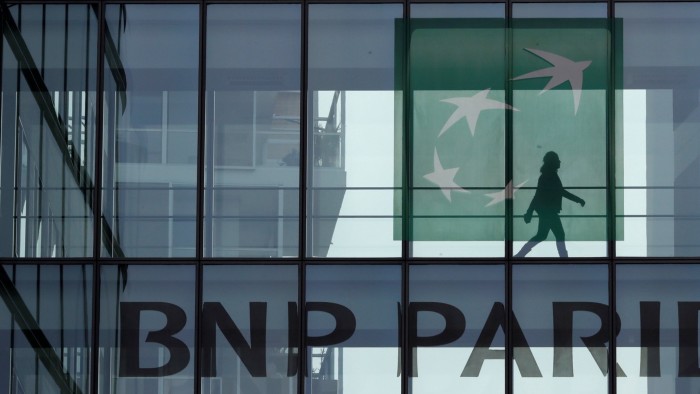M&A Banking: Navigating Regulatory Changes Amid Market Challenges
Current Landscape for M&A Bankers
Merger and acquisition (M&A) bankers are currently facing a challenging environment characterized by elevated interest rates and market instability. These conditions have made it increasingly difficult to secure large deals, and recent actions by the European Central Bank (ECB) have further complicated the situation.
The Danish Compromise and Its Implications
The “Danish Compromise” is a European Union regulation initially designed to lessen the capital requirements for banks that manage insurance businesses. However, it features a loophole, dubbed the “Danish Compromise squared,” which incentivizes banks to pursue acquisitions of asset management firms via their insurance subsidiaries.
Noteworthy Transactions
One notable instance of this trend was BNP Paribas’s announcement of a €5.1 billion acquisition of Axa Investment Management last August. Similarly, Banco BPM of Italy initiated a full takeover of Anima, an asset management firm in which it already held a minority interest.
Regulatory Challenges Ahead
Typically, acquiring a fund manager imposes significant capital penalties, as the premium paid over the fair value of the target company is deducted from the acquiring bank’s regulatory capital. This effectively limits the bank’s lending and investment capabilities. However, when the fund manager operates under an insurance subsidiary, it is classified differently, consuming a smaller portion of the required capital.
The ECB has expressed concerns that this practice may not align with the intended regulatory framework, indicating that the central bank is attentive to how these transactions are structured. Although the ECB does not have the ultimate authority, as that lies with the European Banking Authority, its stance has nonetheless impacted market confidence. Following news of potential capital implications, BNP Paribas shares briefly experienced a decline before recovering.
Investor Sentiment and Future Prospects
Despite these challenges, investors are advised to maintain their confidence. While the ECB’s stricter stance raises hurdles for future transactions, there are still viable opportunities for profitable mergers. Deals founded solely on capital manipulation likely lack fundamental value.
BNP Paribas anticipates that the acquisition of Axa will yield a return on invested capital exceeding 14% in its third year, eventually surpassing 20% by the fourth year. Although this projection is lower than earlier estimates, the question remains: Does this option still represent a better alternative compared to others?
For instance, while organic growth investments are an option, BNP has previously cautioned that excessive focus on this trend can lead to diminishing returns. An alternative strategy includes returning surplus cash to investors through share buybacks. Based on the historical average share price and price-to-earnings ratio, a €5.1 billion buyback could yield a theoretical return of approximately 14%. When compared to the acquisition strategy, this still appears to be a sound long-term business choice.
Conclusion: The Road Ahead for M&A Bankers
In conclusion, while higher regulatory standards pose new challenges for M&A bankers, diligent evaluation and strategic planning can still pave the way for successful transactions. The industry’s future may depend on innovative approaches that go beyond mere capital efficiency.
Contact: Nicholas Megaw | [email protected]


